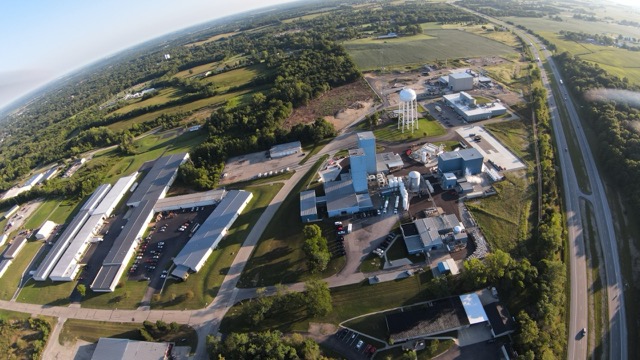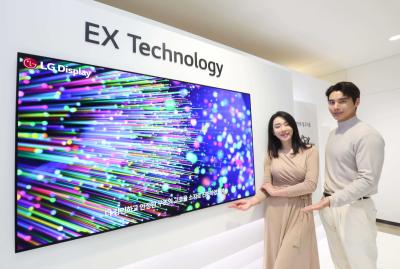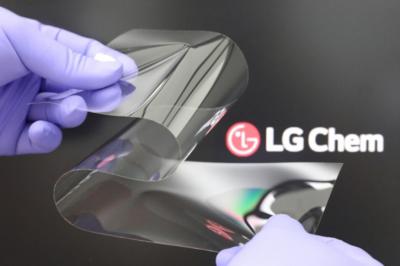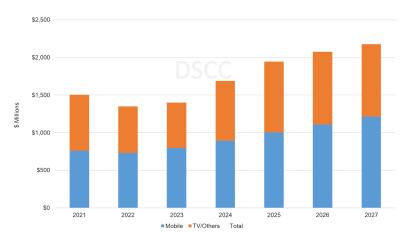Cambridge Isotope Laboratories (CIL) Shows Long-Term Commitment to Xenia, OH, Facility with New Land Purchase
Cambridge Isotope Laboratories, Inc. (CIL) has acquired an additional 14.8 acres of land at its Cambridge Isotope Separations (CIS) Xenia, Ohio location. Mike Steiger, Vice President of Engineering and Project Execution for CIL, stated that the new land purchase will ensure easier access to utilities for future expansion.

Facility Aerial Photo
This newly acquired land is situated to the west of the 20 acres purchased in 2017, which is currently the site of the North Star expansion project. This recently completed project will greatly increase 13C production and is in the startup phase. North Star is the largest 13C separation facility ever built in the world and will significantly increase CIL’s capacity ensuring customer reliability for this stable isotope.










